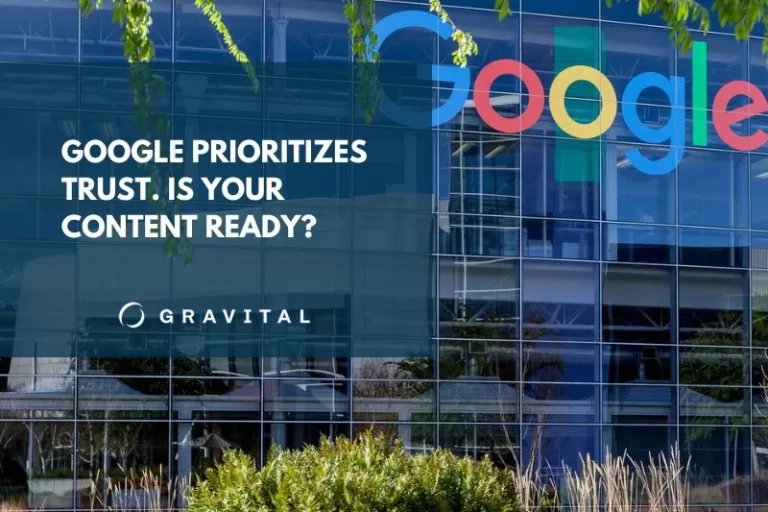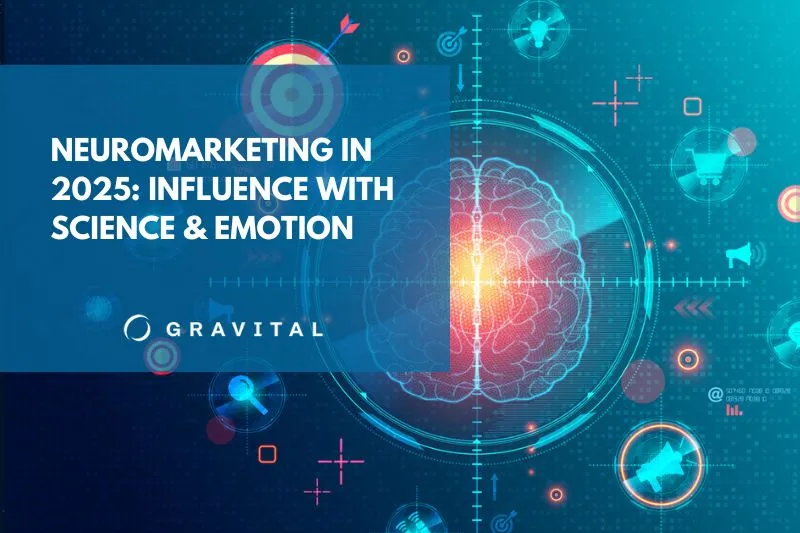As Google’s algorithms continue to evolve, the principles of Experience, Expertise, Authoritativeness, and Trustworthiness (E-E-A-T) have emerged as essential components of effective search engine optimization (SEO).
Originally introduced as E-A-T, the addition of “Experience” in 2023 has elevated the framework’s importance, pushing businesses to rethink how they establish digital credibility and reliability. In 2025, E-E-A-T it’s a keystone for building trust, enhancing visibility, and fostering meaningful user engagement.
The Foundation of E-E-A-T: What Does It Mean?
E-E-A-T represents the qualities that Google values most in its search quality evaluations. Each component builds upon the others to create a comprehensive measure of content and site quality:
- Experience: First-hand knowledge and real-world insights on a topic. A travel blogger recounting their personal adventures on specific hiking trails is a prime example of demonstrated experience.
- Expertise: Verified knowledge or qualifications in a specific field. For instance, financial advice written by a certified financial planner adds credibility to the content.
- Authoritativeness: Recognition as a reliable source in your industry. This is reflected through citations, backlinks, and endorsements from authoritative platforms.
- Trustworthiness: The foundation of E-E-A-T, trust involves delivering accurate, honest, and transparent information while safeguarding user safety and privacy.
READ ALSO: 10 Branding Trends You Can’t Ignore for 2025
Why Trustworthiness Is the Core of E-E-A-T
In 2025, trust remains at the heart of E-E-A-T, underscoring Google’s mission to deliver high-quality and reliable search results. Trustworthiness is the lens through which Google evaluates every other component of E-E-A-T, ensuring that users feel confident engaging with the content.
Benefits of Building Trustworthiness:
- Improved Rankings: Websites that prioritize trust are more likely to secure higher visibility in search results.
- Increased User Loyalty: Trust builds confidence, encouraging repeat visits and longer user engagement.
- Better Conversions: A trustworthy site reassures users, making them more likely to take desired actions like signing up or making a purchase.
- Positive Brand Perception: Trust strengthens your brand reputation, fostering loyalty and word-of-mouth referrals.
Conversely, a lack of trustworthiness can result in lower rankings, decreased traffic, and diminished brand credibility.
Key Elements of Trustworthiness
- Accuracy: Ensure all claims are backed by reliable, verifiable sources. For instance, citing peer-reviewed studies or official statistics enhances credibility.
- Honesty: Transparency is critical, especially in areas like product reviews or sponsored content. Disclose affiliate partnerships and avoid misleading claims.
- Safety: Protect user data with measures like HTTPS, robust password requirements, and clear privacy policies. Security reassures users that their information is safe.
- Reliability: Regularly update content to ensure relevance. Stale or outdated information erodes trust, especially in fast-evolving industries like technology or health.
Strategies to Demonstrate E-E-A-T on Your Website
To align with Google’s E-E-A-T principles, businesses must focus on a comprehensive approach that includes content quality, website functionality, and brand authority.
Content Best Practices:
- Fact-Check Thoroughly: Always verify information before publishing. Back claims with links to authoritative sources, such as government or academic institutions.
- Maintain Objectivity: Use neutral language to present facts clearly, avoiding hype or exaggeration.
- Keep Content Fresh: Update articles frequently to reflect the latest trends and data. For instance, a blog on “SEO Trends” should be revised yearly.
Website Design and Security:
- Ensure User Safety: Use HTTPS encryption and secure payment gateways. Statistics show more than 40% of users look for HTTPS before sharing sensitive information.
- Enhance User Experience: Simplify navigation with intuitive menus, clear CTAs, and mobile responsiveness.
- Provide Transparency: Include an “About Us” page with detailed information about your team, mission, and values.
Building Authoritativeness:
- Earn Quality Backlinks: Secure links from respected sites in your niche to boost your reputation.
- Highlight Credentials: Showcase author bios with professional achievements and relevant expertise.
- Leverage Social Proof: Display testimonials, reviews, and case studies that reinforce your credibility.
The Role of Off-Page Signals in E-E-A-T
Off-page signals, such as backlinks, social mentions, and online reviews, further solidify trust and authority in Google’s eyes.
- Backlinks: Links from reputable sites act as endorsements of your content’s quality.
- Social Media Engagement: Positive mentions and interactions on platforms like LinkedIn or Twitter enhance credibility.
- User Reviews: Encourage reviews on platforms like Google My Business to build trust with potential customers.


Adapting E-E-A-T for YMYL (Your Money or Your Life) Content
YMYL topics, such as health, finance, and legal advice, face stricter scrutiny due to their impact on users’ well-being. For these industries, trustworthiness becomes even more critical.
How to Optimize YMYL Content:
- Include expert opinions or credentials.
- Use peer-reviewed studies and reliable sources.
- Regularly update content to reflect new findings or regulations.
The Future of E-E-A-T: Integrating AI Without Losing Trust
Artificial intelligence is transforming content creation, but it must be balanced with human oversight to meet E-E-A-T standards. While AI tools can streamline tasks like keyword research and content generation, they lack the nuance and expertise required for YMYL topics.
Best Practices for Using AI in E-E-A-T:
- Combine AI with Human Review: Ensure accuracy and depth by adding expert insights to AI-generated content.
- Leverage AI Analytics: Use tools to identify content gaps and optimize performance metrics.
Actionable Steps to Strengthen E-E-A-T in 2025
- Conduct an E-E-A-T Audit: Evaluate your website’s current performance in each area and identify gaps.
- Develop Author Bios: Highlight qualifications, certifications, and expertise.
- Build Backlink Strategies: Partner with authoritative sites to enhance credibility.
- Enhance Transparency: Include clear contact information, privacy policies, and a detailed “About Us” page.
- Engage with Users: Respond to comments, host webinars, and encourage reviews to build community trust.
Conclusion: E-E-A-T as a Competitive Advantage
In 2025, mastering Google’s E-E-A-T framework is essential for SEO success. By focusing on trustworthiness, experience, expertise, and authority, businesses can achieve higher rankings, engage loyal audiences, and build lasting credibility.
Whether you’re refining content strategies or leveraging AI tools, aligning with E-E-A-T principles ensures long-term success in a dynamic digital landscape. It’s not just about pleasing algorithms—it’s about earning the trust of your audience.
For businesses ready to lead with trust, Gravital provides expert guidance in navigating E-E-A-T and building a stronger digital presence. Contact us to start your journey toward SEO excellence.


